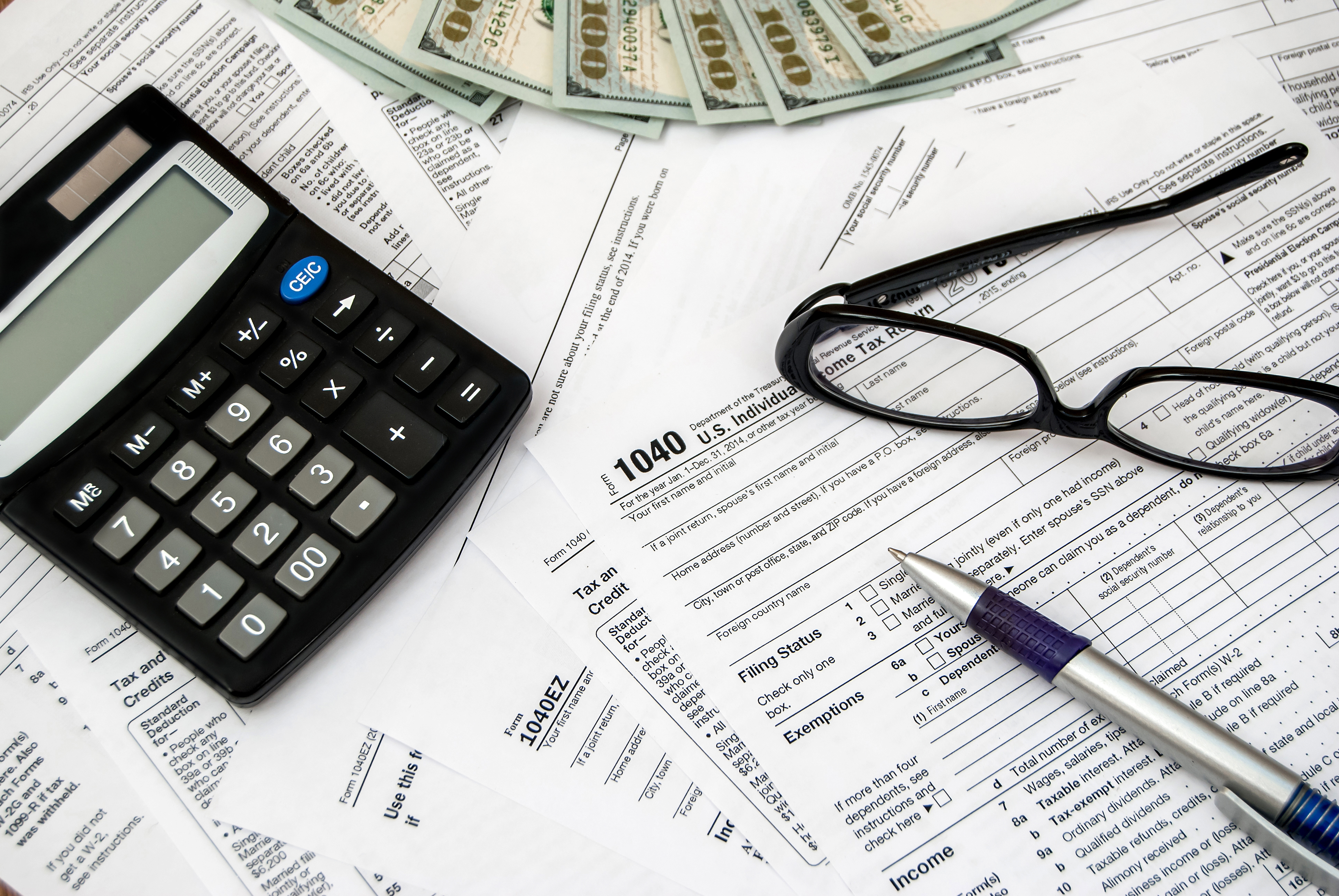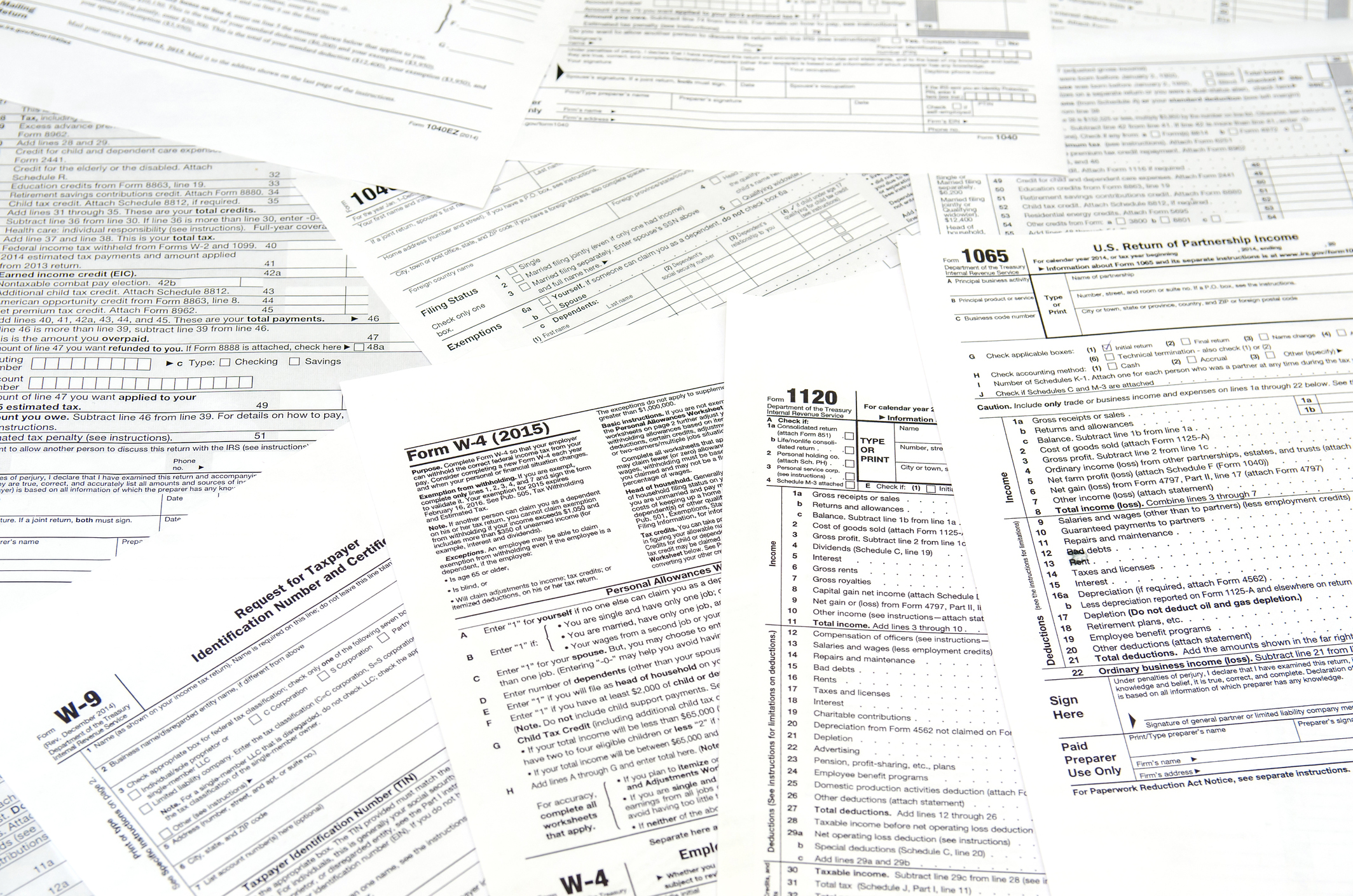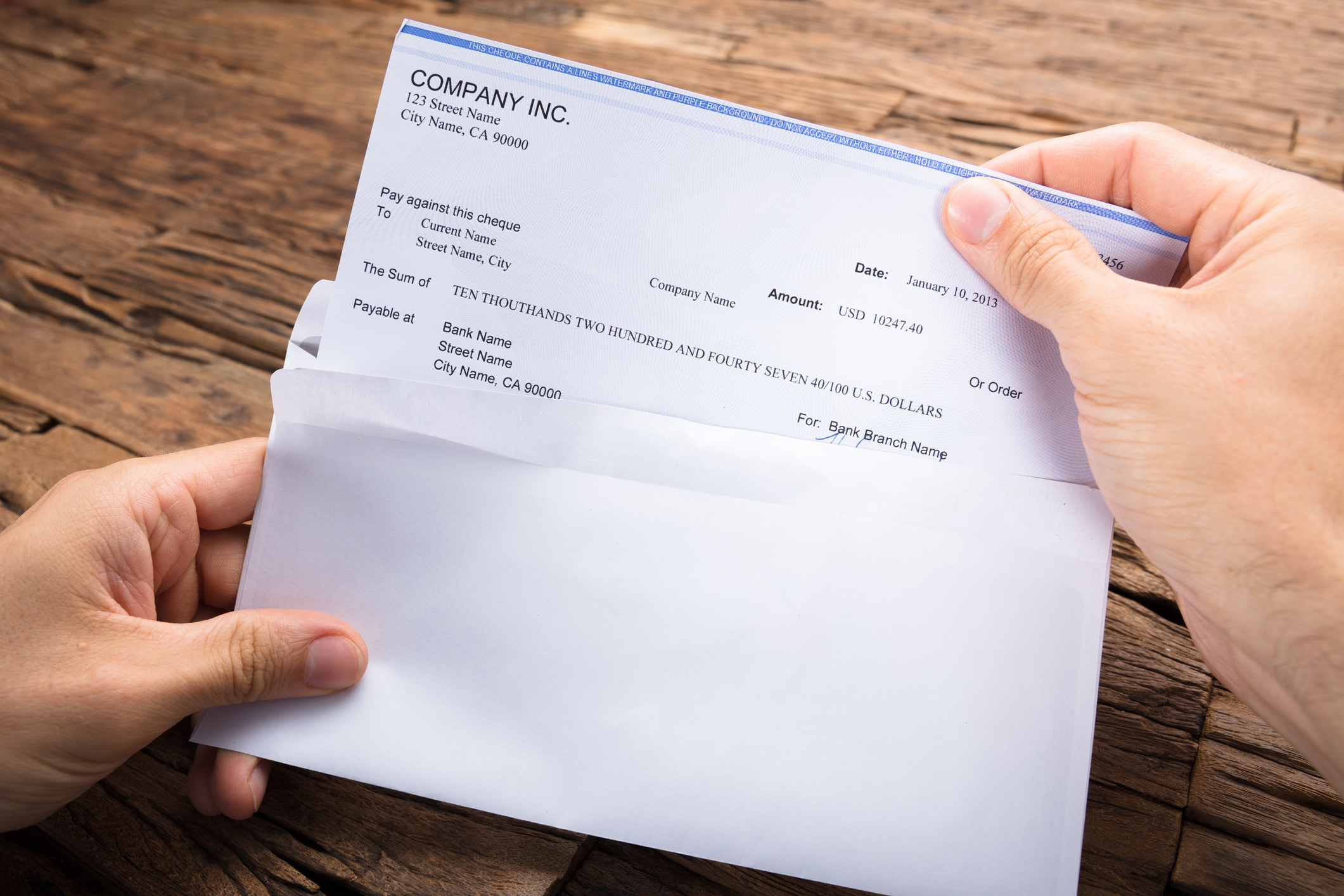When a lender issues a loan, that debt can be either with or without recourse. The type of debt determines the lender's options if the borrower defaults. Lenders have limited options with nonrecourse debt, so these loans present a much greater risk.

What is without recourse?
Without recourse means that the lender can't hold the borrower personally liable for nonpayment on the debt. The lender can only pursue the collateral on the loan. For example, if a mortgage loan is without recourse, then the lender could foreclose on the borrower's home, but nothing else. If the value of the home isn't enough to cover the remaining balance on the mortgage, then the borrower loses money and can't recoup its losses from the borrower's other assets.
Loans with recourse allow the lender to go after other borrower assets. The lender could sue the debtor and potentially get a court order to garnish wages, go after bank accounts, or repossess property to pay off the debt. Lenders don't always do this, even if the debt is with recourse -- some will write it off to avoid the expense of suing the debtor -- but they have the option.
How nonrecourse debt works
For the debtor, a loan without recourse generally works the same way as a loan with recourse. You've signed a contract and agreed to repay the loan. You'll have a required payment, likely on a monthly basis, and you'll need to make your payments until the loan is paid off.
The difference between loans with and without recourse only comes into play if you default. Since you're not personally liable for a loan without recourse, your other assets are safe. The most you can lose is the collateral on the loan.
Keep in mind that even when a loan is without recourse, it can still affect your credit history. If you miss a payment or default, the lender will likely report that to the credit bureaus, which can lead to a large drop in your credit score. Whether a loan is with or without recourse, it's important to make your payments.
Should you get a nonrecourse loan?
Although a loan without recourse may seem like a better option, there are some caveats. The first is that many lenders simply don't offer this type of loan. Banks don't want to leave themselves vulnerable to taking a loss on a loan because they can't go after the borrower's personal assets. However, the availability of nonrecourse loans also depends on where you live and the type of loan you get.
Loans without recourse tend to have higher interest rates than loans with recourse. The lender charges more to balance out the greater risk it's taking. Assuming you're going to be paying off your debt either way, a loan with recourse is most likely the better option because it will save you money on interest.
In addition to higher interest rates, nonrecourse loans come with stricter approval standards. While you could qualify for a loan with recourse if your credit isn't the best, it usually takes a high credit score to get a nonrecourse loan. You may also need to make a larger down payment if you want to get a mortgage or an auto loan without recourse.
Related investing topics
Examples of nonrecourse loans
Mortgages can be either with or without recourse, but there are 12 states that only allow nonrecourse mortgages. The nonrecourse states are Alaska, Arizona, California, Connecticut, Idaho, Minnesota, North Carolina, North Dakota, Oregon, Texas, Utah, and Washington. If you live in one of these states and have a mortgage, you aren't personally liable for it.
Reverse mortgages are normally without recourse. Since it's primarily seniors who get reverse mortgages, this type of loan has more protection for the borrower.


















